Six terrible graphical effects that need to stop
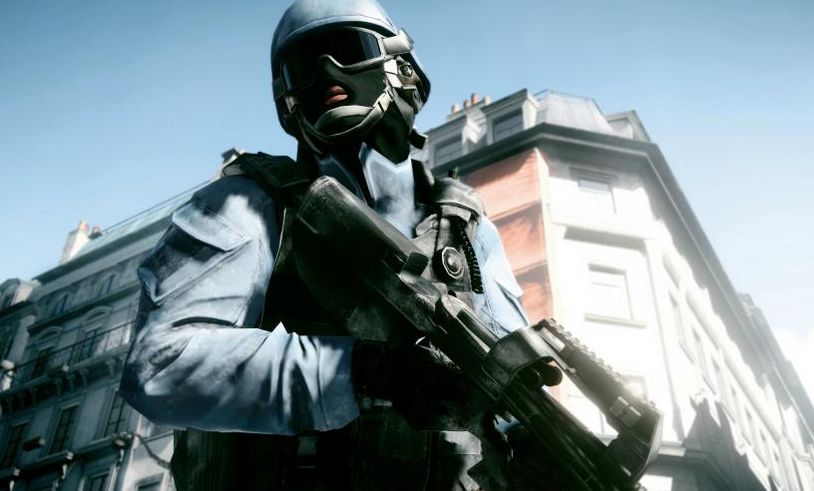
Visual effects are a matter of fashion, often dreamed up by graphics engine engineers trying to bring something new and shiny to their next product. But just because you've figured out how to do something technically complicated, that doesn't mean it has any artistic merit. In fact, the shiny new effect you've invented might just make games harder to read, or even make players feel a bit sick.
This article will cover a bunch of common modern visual effects that fall into that category. Quite simply, if these effects were to vanish immediately from the industry, very little would be lost. Let's start with one of the worst, and most pervasive examples.
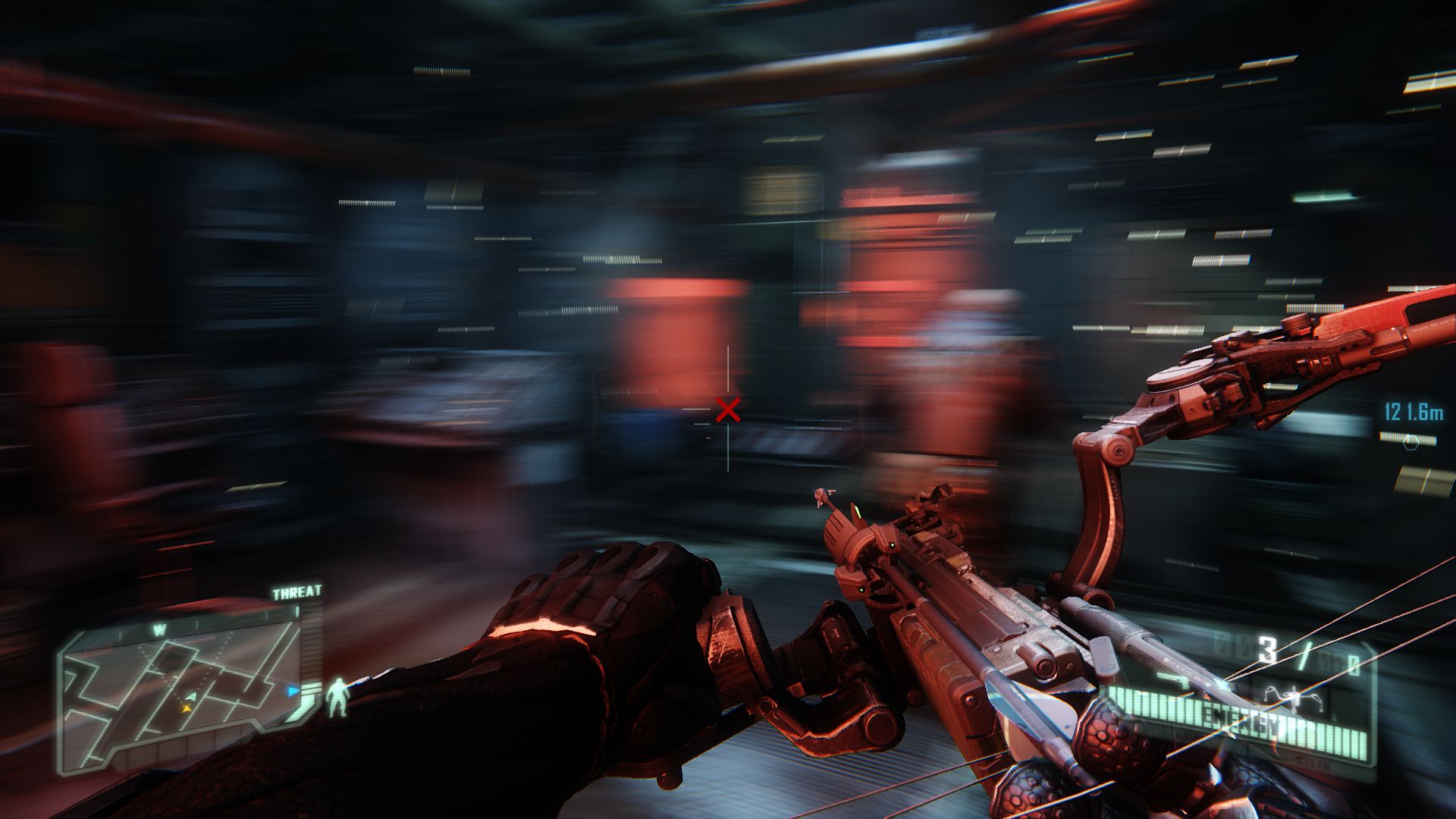
Motion blur
The screenshot almost says enough. This is one of the most overused and useless visual effects in games today. It used to be used a lot in racing games when boosting to exaggerate a sudden burst of speed. Now it's used all the time in racing games when you're moving at ordinary speeds and—unacceptably—when simply turning your head in a first person game or rotating the camera around your avatar in a third person game. This sort of motion blur turns the world into a mush, creates queasiness, and does nothing to enhance the way the game looks or plays.
There are two types of motion blur, one that applies to the world as you look around, which is universally rubbish, and one that applies to characters, which isn't completely terrible but is definitely pointless. We can enjoy lovely high frame rates on PC that give characters beautiful smooth motion, there's no need to hide that behind ungainly smudging.
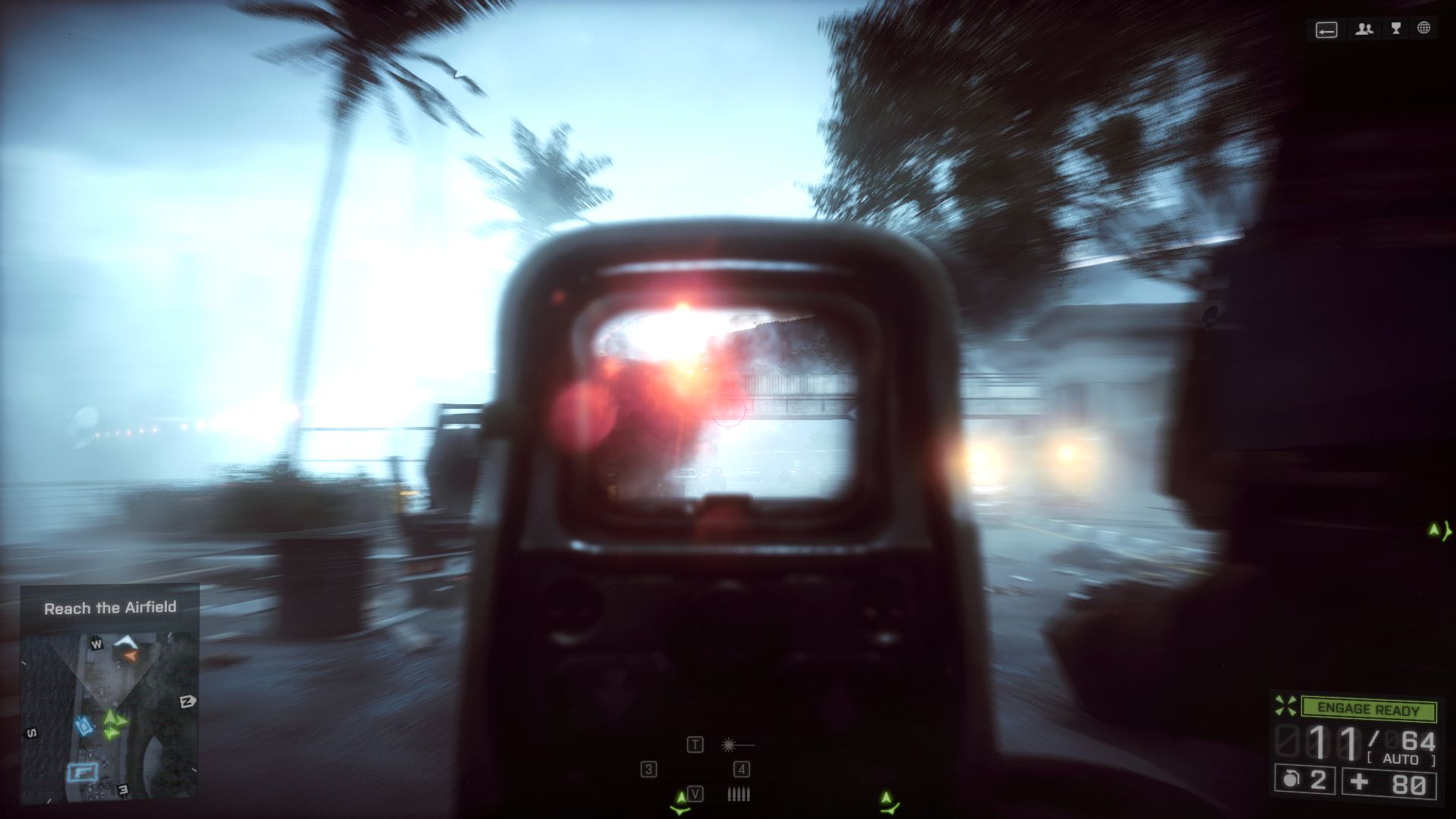
Eyeball grime
For the last couple of years we've been watching our games through a fine layer of dust. This isn't about dust particles you see hanging in sun rays—quite a neat effect that gives texture to empty space—this is the fine layer of gritty sparkling gunk smeared over your avatar's eyeballs. You'll see these specks everywhere nowadays, refracting light and muddying up the view.
The pursuit of "cinematic" experiences has encouraged designers to simulate the foibles of film equipment, but when you're playing an FPS, the fantasy casts you as a person, not a camera. Eyeballs don't collect a fine layer of dust as a camera might. Eyeballs don't register coronas of searing lens flare around light sources. These effects give you no information about the game world, harm your ability to see anything, and frequently undermine the integrity of the fantasy the game is trying to sell. These effects even turn up in fantasy games where cameras haven't been invented.
"Ah, but you're okay with a bit of lens flare in Game of Thrones, aren't you?" says my sly evil-universe self. Yes, because it would be mad to demand that the production company films without lenses, but in video games, you can! We have the freedom to do away with the flaws of modern film equipment. We can avoid the situation in the screenshot of Battlefield 4 at the top here, which uses vignetting, motion blur, bloom and orange eyeball speckling to completely hide what's happening.
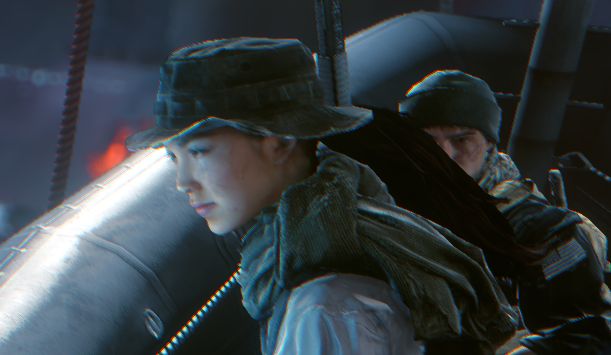
Chromatic aberration
We've talked about the camera conceit that's responsible for many of these effects. Now imagine that you're not just a camera, but a broken rubbish old camera!
Say hello to chromatic aberration. This happens in low quality or old cameras with warped lenses that can't focus colours to a precise point. The result is a a multicoloured blurring around the edges of objects, marked by a red/green/blue separation.
If a camera started doing that, you might throw it in the bin, but this undesirable and ugly effect is increasingly simulated in games. It ruins meticulously crafted environments by fraying detailed lines into coloured smudges and, like any camera effect, adds an extra layer of abstraction between you and the game world. Instead of being a soldier saving the president, you're participating in a movie about a soldier saving the president. There's a subtle difference there that takes you out of the story.
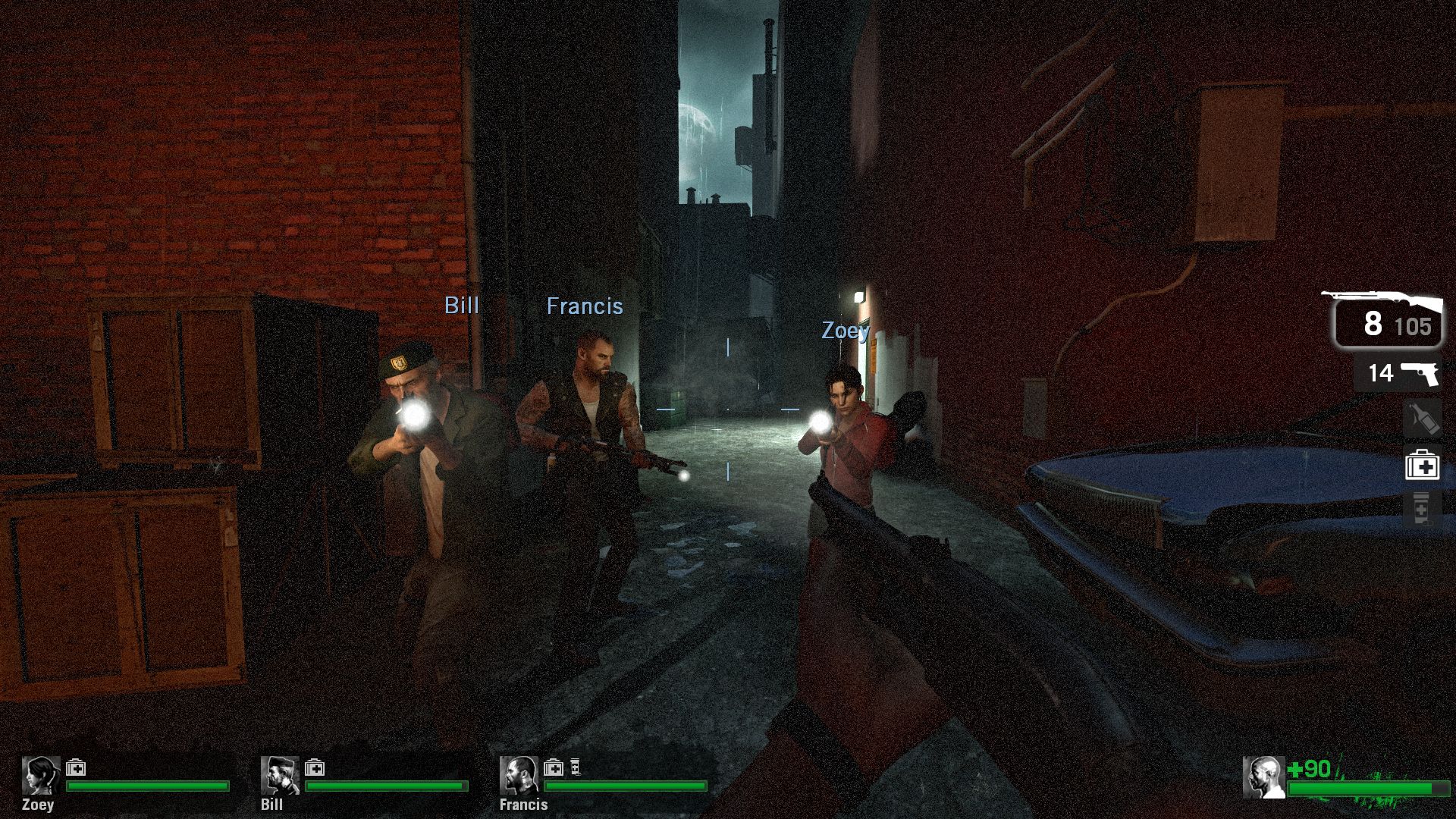
Film grain
In the era of digital photography, the film stock that give films a slight grain is on the way out, except for in videogames, when it's being digitally put back in to muddy up monitors everywhere.
It's just noise. Imagine layering the hiss of an ailing microphone over a game's entire audio. Imagine how annoying that would be. Film grain is the graphical equivalent. It's visual tinnitus. Even in games where film grain is thematically justified—as with Left 4 Dead's attempt to reference grimy B-movie zombie flicks—turning it off makes everything look instantly better, and much easier on the eye. Check out the difference between maxed-out film grain at the top and the clean shot at the bottom.
Luckily, like L4D, a lot of games provide an option to turn film grain down, or off completely. To developers who do this: ta.
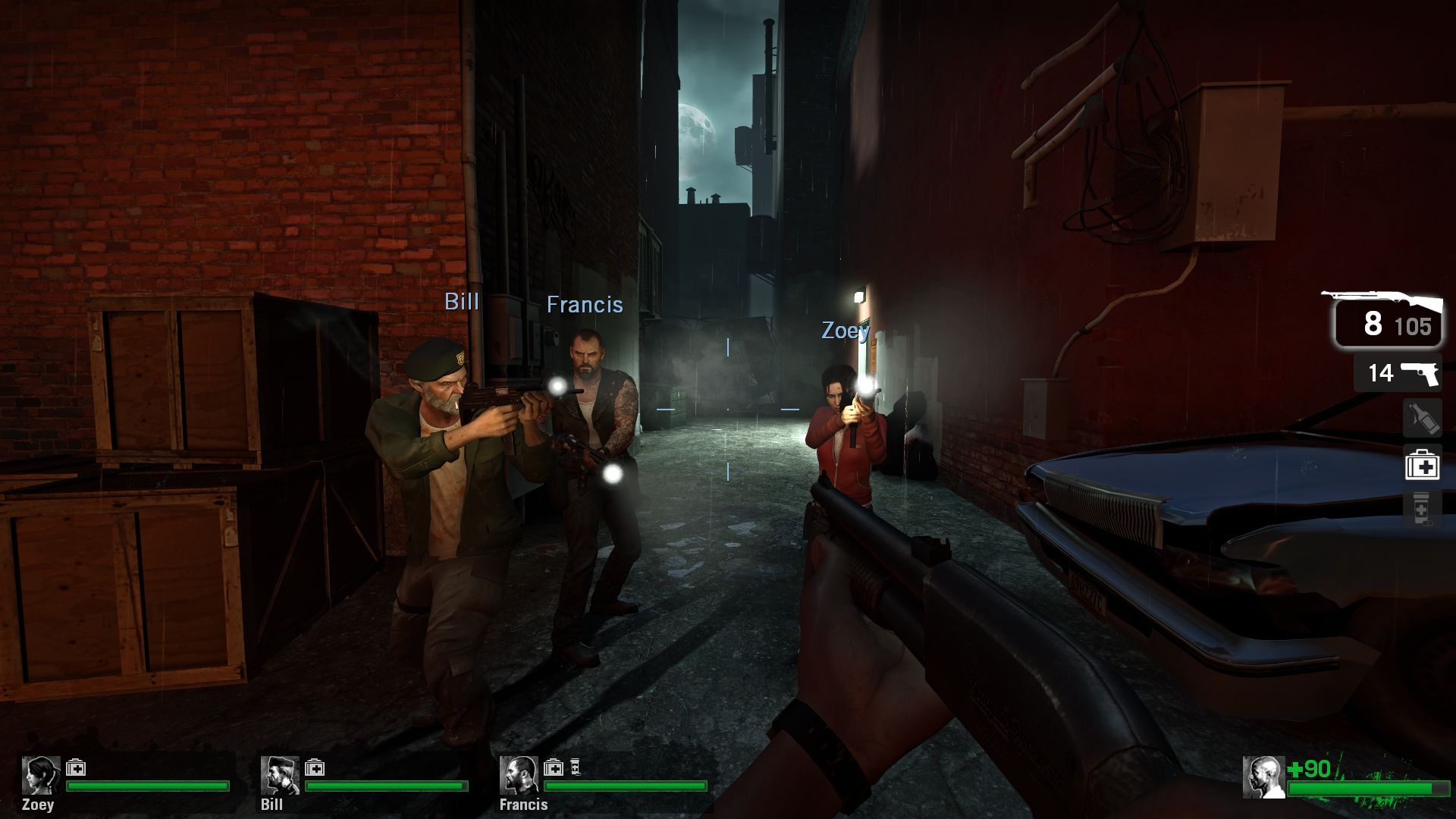
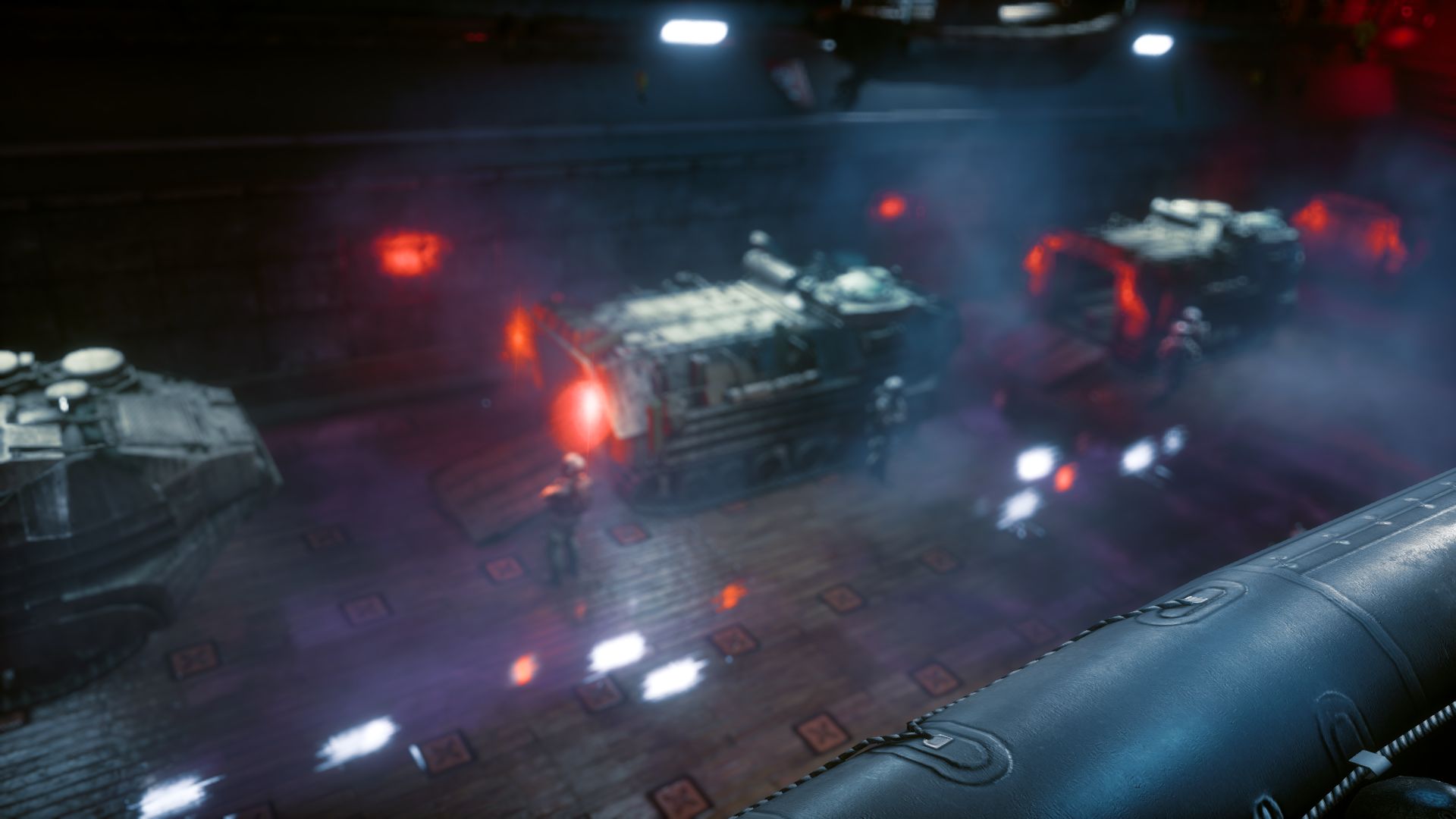
Depth of field
Check out the Batman: Arkham Knight trailer for an attack of depth of field (and loads of motion blur on the Batmobile sequences). Rocksteady created an absurdly detailed open world for you to bat around in, and then added an effect that blurs most of it out the moment the Bat takes a close look at something.
Depth of field looks nice in a trailer, but in practice it audaciously tries to do your eyes' job for you. It denies you the basic freedom to focus on things you want to look at, and with some implementations you'll take a performance hit for the privilege.
You'll find another crazy example of forced depth of field in the intro to Battlefield 4's Singapore mission, which lets you look around your dinghy, but only keeps the dinghy itself in focus. I wonder how much time and effort was wasted animating detailed vehicle and character models in this hangar, which you have no chance of seeing properly thanks to all that cursed DOF.
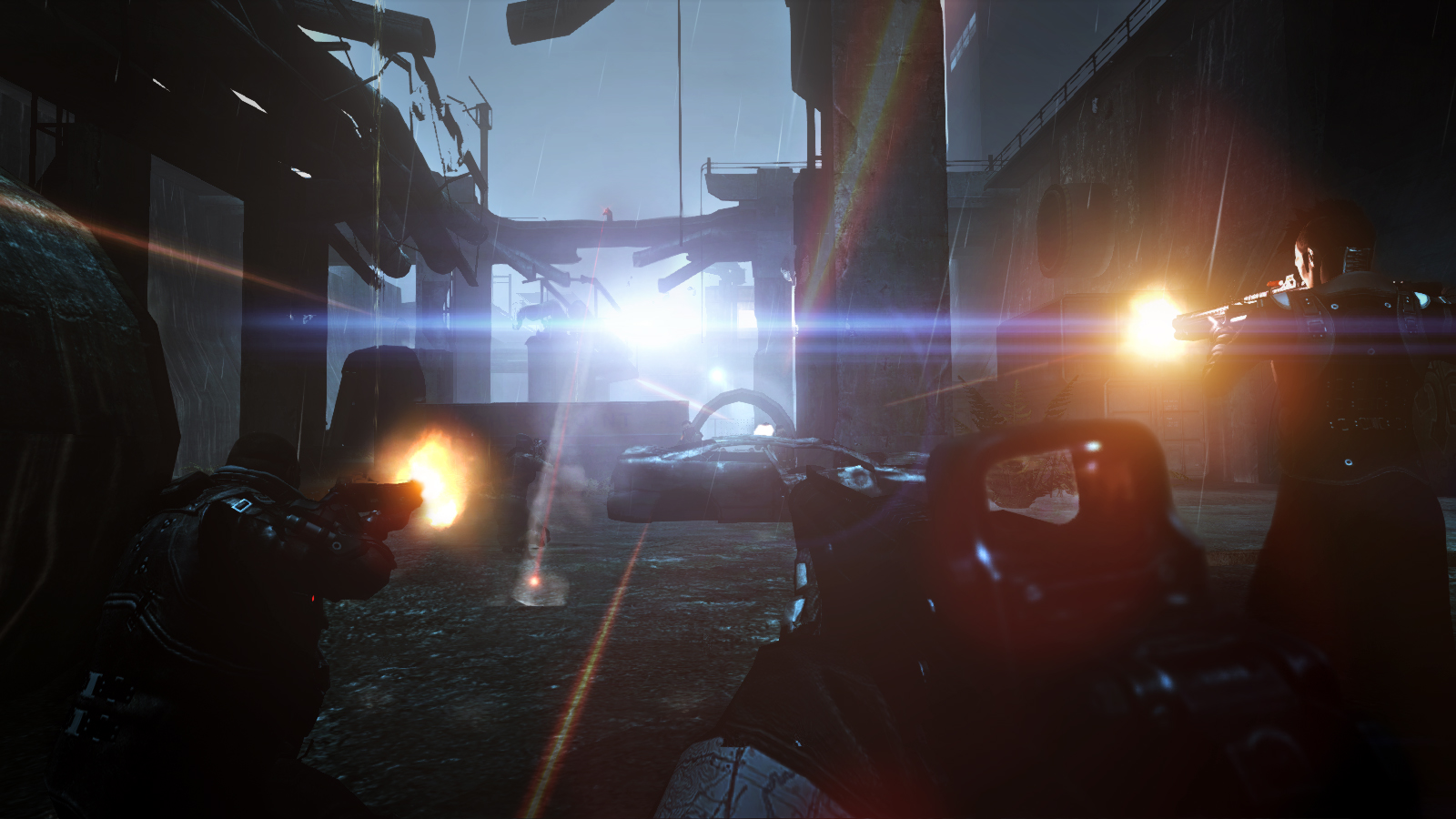
Lens flare
Lens flare is okay sometimes, but only because it conveys extra information that is otherwise really hard to show in a game, like when a light source is really bright. Monitors can only be so luminous, so if you want to tell the player that a light source is truly blinding, a splash of lens flare is a good way to do it.
It is frequently overused, however, as bloom and HDR were a few years ago. The picture at the top is Syndicate, which overused lensflare and bloom to almost unplayable degrees. Current games overdo it, too. Check out this shot of The Evil Within and remember that he is standing next to a gas lamp, not a high powered searchlight. Just becauase JJ Abrams did it, that doesn't make it cool.
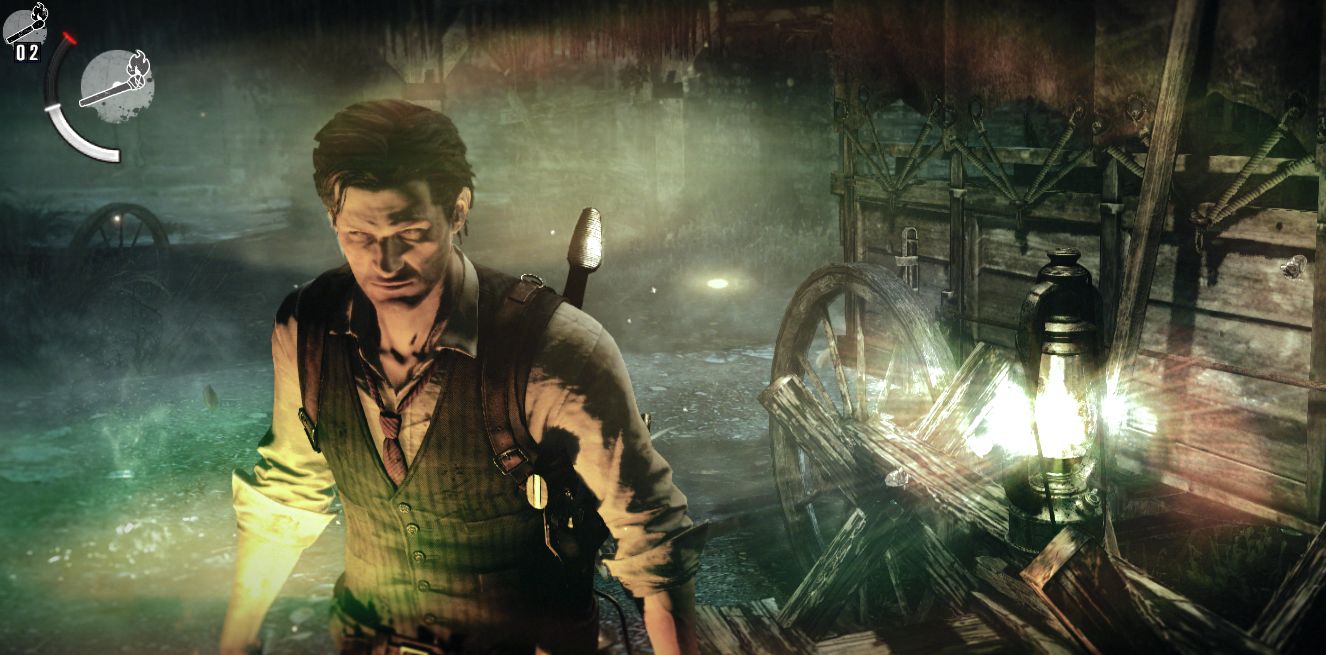
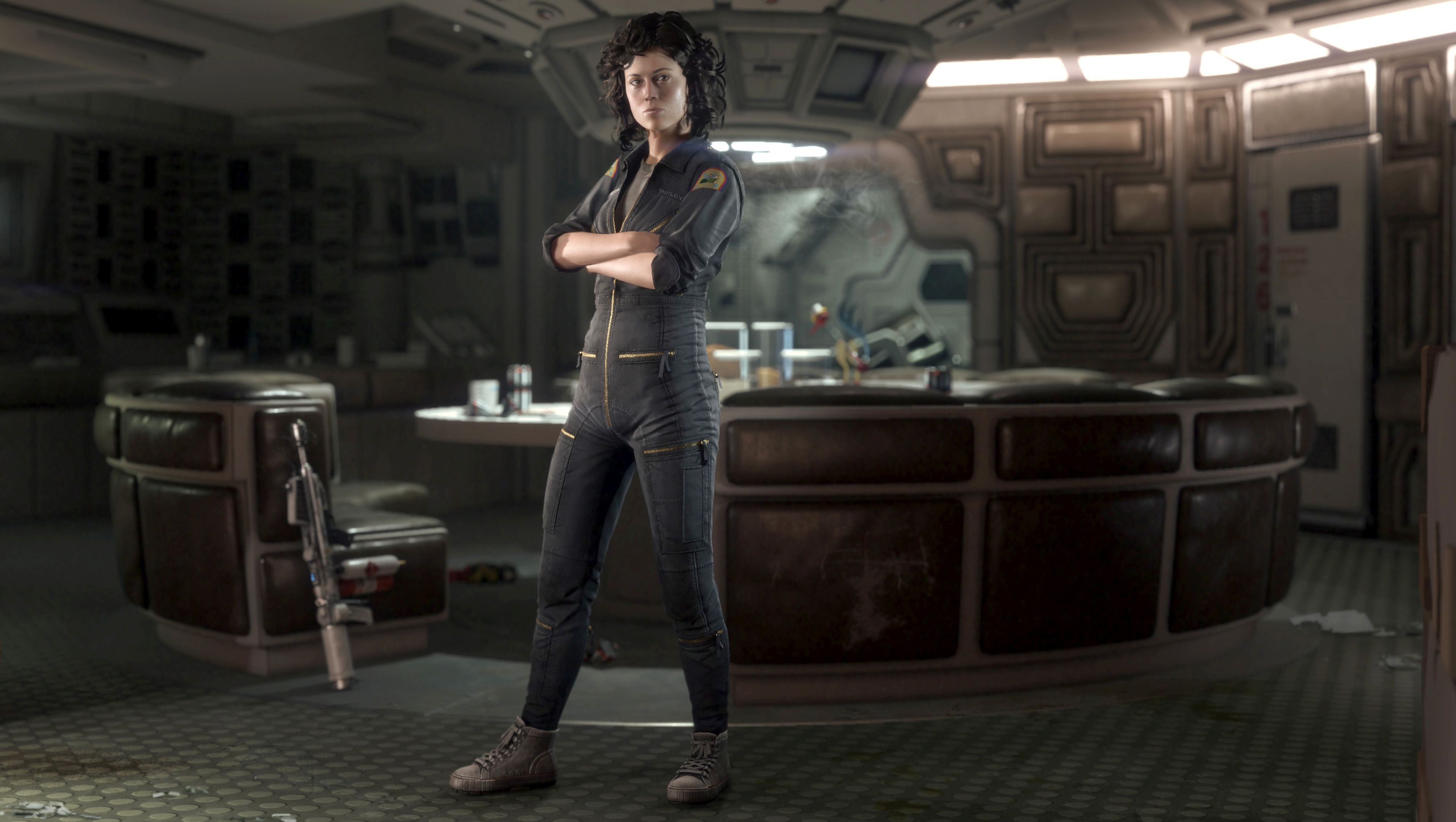
The exceptions
As much as I'd like to fire all of these effects into the sun (while being blinded by its horrifying bloomy lensflare), it would be wrong. Used thoughtfully, these camera tricks can work when used subtly to create a certain mood, or enforce a game's rules. In Alien: Isolation, the depth of field effect that happens when you bring your scanner into view is used to intentionally create a risk/reward trade-off—though I did spend a lot of time looking at blurry corridors as a result.
Isolation's chromatic aberration is even sort-of acceptable, as a continuation of the game's low-fi '70s sci-fi vibe, though Amanda Ripley should see a doctor about those bionic eyes.
I called out The Evil Within for its blazing lanterns, but that lens flare is part of a package of deliberately obfuscatory visual devices—including that stringent letterboxing—which makes it a gritty and difficult place to be. Even the visual noise filter works in that context. It's supposed to look grainy, dirty and unpleasant.
The Metro shooters—though overly obsessed with lens flare—do great things with dirty visors when you slip on a gas mask. Monster blood and radioactive winds gum it up, and there's even a button that lets you give it a wipe. It's very effective at making you feel embodied in that word.
For all of that, I can't think of a single sensible use of motion blur. Motion blur must die.
Do you share my perhaps-irrational dislike of these visual devices? Are there any you'd add? Extreme HDR and bloom can be horrible, too, though developers have become better at using them since the days of Oblivion's great glowing potato faces.

Part of the UK team, Tom was with PC Gamer at the very beginning of the website's launch—first as a news writer, and then as online editor until his departure in 2020. His specialties are strategy games, action RPGs, hack ‘n slash games, digital card games… basically anything that he can fit on a hard drive. His final boss form is Deckard Cain.

